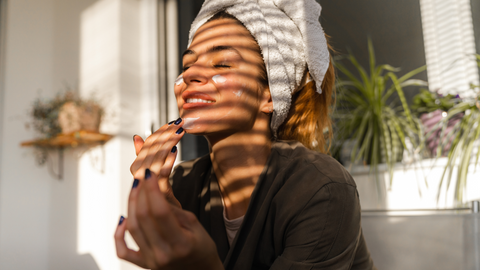We all know sun protection is important, but many people are unsure what UV ratings really mean or when they should start applying sunblock. Understanding the UV index can help you protect your skin more effectively, every day, not just on beach holidays.
🌡 What Is the UV Index?
The UV Index (Ultraviolet Index) is a scale that measures the intensity of UV radiation from the sun at a particular place and time. UV rays are the invisible part of sunlight that can damage your skin, eyes, and even your immune system.
The scale goes from 0 to 11+, with higher numbers indicating greater risk of harm from unprotected sun exposure.
|
UV Index |
Risk Level |
Sun Protection Needed |
|
0–2 |
Low |
Minimal. Sunblock optional. |
|
3–5 |
Moderate |
Use sunblock, wear a hat & sunglasses. |
|
6–7 |
High |
Seek shade, wear protective clothing & SPF30+. |
|
8–10 |
Very High |
Avoid midday sun, apply broad-spectrum SPF30+ regularly. |
|
11+ |
Extreme |
Extra caution! Cover up and reapply SPF frequently. |
Even on cloudy days, up to 80% of UV rays can pass through the clouds, so don’t let overcast skies fool you.
🧴 When Should You Wear Sunblock?
In short: anytime the UV index is 3 or above.
That includes many days in spring, summer, and even winter at high altitudes or near reflective surfaces like snow or water.
Apply sunblock 15–30 minutes before going outdoors, and reapply every 2 hours (or more often if sweating or swimming). Be thorough, don’t forget the ears, neck, tops of feet, and backs of hands.
🌿 Choosing the Right Sunblock
Look for a broad-spectrum SPF of 30 or higher. Broad-spectrum means it protects against both UVA (aging) and UVB (burning) rays.
If you're eco-conscious, go for reef-safe, mineral-based formulas that use zinc oxide or titanium dioxide, and avoid harsh chemicals like oxybenzone or parabens.
Some sunblocks, like those from incognito®, also double as insect repellent, offering extra protection during outdoor adventures.





Comments (0)
There are no comments for this article. Be the first one to leave a message!